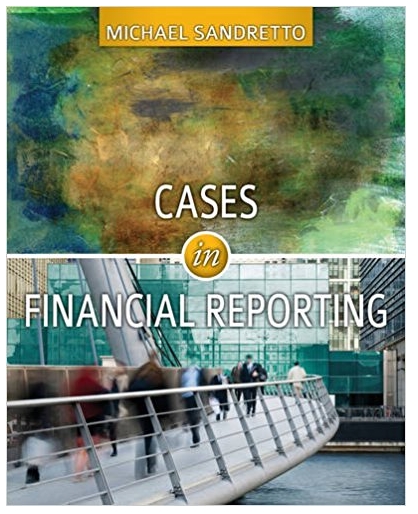1. Explain how Thomson Reuters accounted for the acquisition (see primarily Exhibit 7, Note 4). Why does...
Question:
1. Explain how Thomson Reuters accounted for the acquisition (see primarily Exhibit 7, Note 4). Why does Thomson Reuters refer to this as a preliminary purchase price allocation?
2. How reliable are allocations to the different asset and liability accounts (see primarily Exhibit 7, Note 4)? In particular, how reliable are the estimated fair values of $ 2 billion, $ 2.4 billion, and $ 1 billion for trade names, customer relationships, and other? How reliable are the estimated useful lives for customer relationships and other?
3. Compare the pro forma income statement information in Exhibit 2 to the Canadian GAAP income statement in Exhibit 3. Are the pro forma statements useful? How difficult would they be to prepare, and how subjective are they?
4. Explain why you believe the Reuters acquisition will or will not be considered a success in five to ten years.
Roy Thomson, grandfather of Thomson Reuters’ current chairman, was born in Toronto in 1894. After a varied background in farming, sales, and radio broadcasting, Mr. Thomson acquired his first newspaper, The Timmins Press, Ontario, in 1934. He acquired other Canadian and U.S. newspapers during the following 20 years before acquiring his first UK newspaper in 1953, The Scotsman. A year later, already the owner of more newspapers than anyone else in Canada, Mr. Thomson moved to Scotland where he continued his firm’s steady growth in the publishing industry.1
In 1957, Mr. Thomson formed Scottish Television in central Scotland. In 1959, he acquired the Kemsley Group, a national and regional UK newspaper chain that owned The Sunday Times of London. Mr. Thomson formed Thomson Publication (UK) in 1961 to launch and acquire business and consumer magazines and book publishers. By 1964, Thomson was one of the world’s largest media companies and Mr. Thomson was awarded the title Baron Thomson of Fleet. The following year, he expanded into the travel industry by acquiring tour companies and Britannia Airways. In 1967, he acquired The Times of London, which he combined with The Sunday Times to form Times Newspapers. Thomson joined a consortium in 1971 to explore for oil and gas in the North Sea; in 1973 and 1974, that consortium discovered two major oil fields.
GAAPGenerally Accepted Accounting Principles (GAAP) is the accounting standard adopted by the U.S. Securities and Exchange Commission (SEC). While the SEC previously stated that it intends to move from U.S. GAAP to the International Financial Reporting Standards (IFRS), the...
Step by Step Answer:






